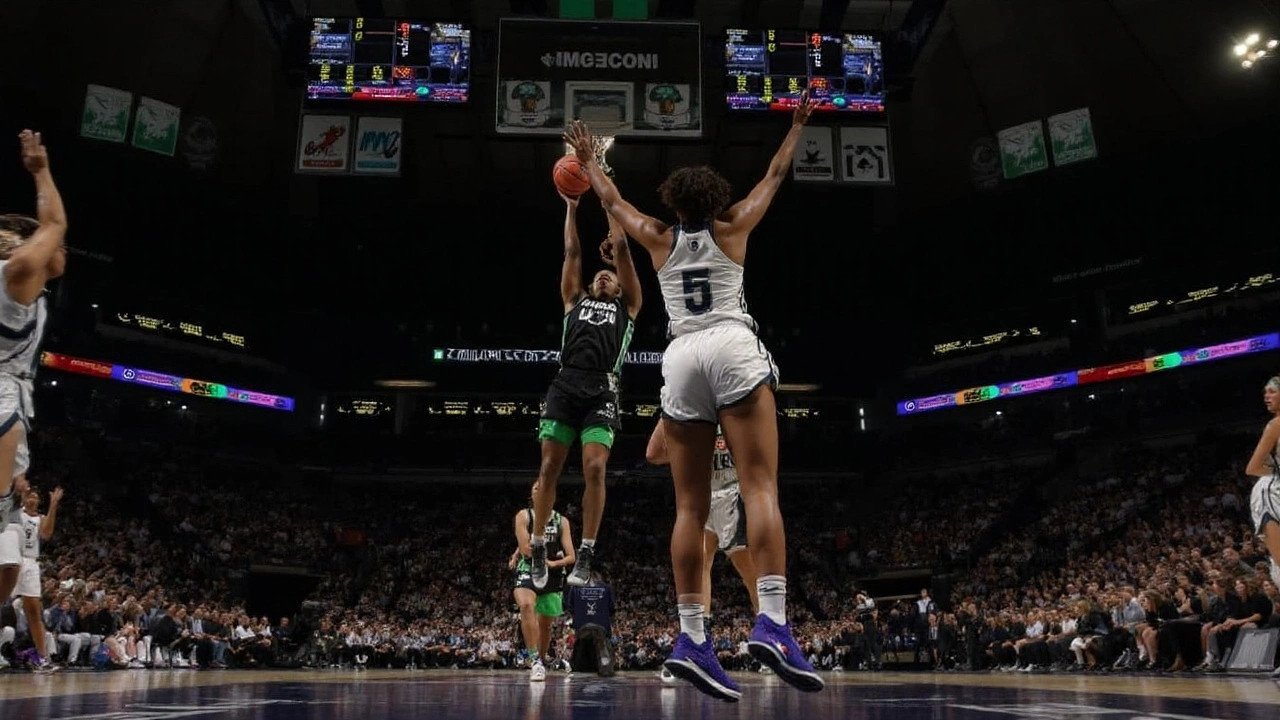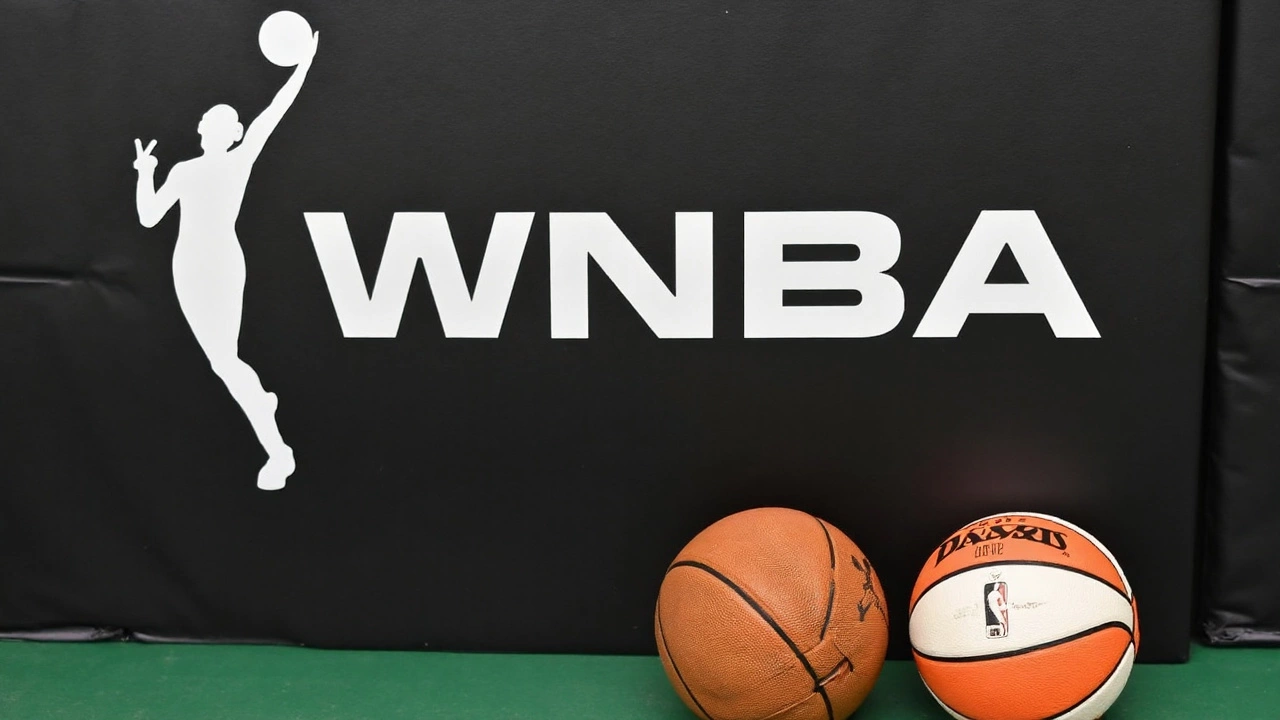A seven-game finish changes everything
For the first time, the WNBA title will be decided in a best-of-seven series. That one change raises the bar on depth, scouting, and in-series adjustments. It also means fewer flukes, more counterpunching, and a better chance the champion has to solve a real chess match across two full weeks.
The 2025 postseason began Sunday, Sept. 14, with four Game 1s and a bracket that seeded the top eight teams regardless of conference. The first round is best-of-three, the semifinals stretch to best-of-five, and the Finals—now the longest in league history—begin Friday, Oct. 3. If the series goes the distance, Game 6 is set for Wednesday, Oct. 15 at 8 p.m. ET on ESPN, and a winner-take-all Game 7 is Friday, Oct. 17 at 8 p.m., also on ESPN.
Top seeds open at home, and that matters. In a three-game series, stealing the first one on the road can flip the whole thing. Coaches lean on their best players earlier, rotations tighten, and the tactical move is often to test matchups in the opening quarter and double down by halftime.
There’s plenty to track beyond the format, though. The Minnesota Lynx earned the No. 1 seed, and Napheesa Collier’s MVP push has been the heartbeat of their season. New York, the defending champion, took a bumpier road at No. 5 thanks to injuries but still brings a title-tested core. The Golden State Valkyries are making history as the first expansion team to reach the postseason in their debut year. The Indiana Fever are here despite five season-ending injuries and no Caitlin Clark since July 15.
The bracket got immediate juice Sunday with all four series tipping on the same day—eight teams, four openers, and one very busy scoreboard. The rhythm now gets familiar: a quick turnaround for Game 2, travel, then a deciding Game 3 if needed. Arena availability can nudge the calendar by a day, but the pace stays tight to keep teams in game mode, not in limbo.

First-round matchups and the storylines that will shape October
No. 1 Minnesota enters with the confidence you’d expect from a group that defended all year and found enough late-game answers to bank the league’s best record. Collier’s versatility—switching across matchups, creating offense in tight spaces—lets Minnesota stay big without getting slow. Their test is handling pressure early. Top seeds often absorb a haymaker in Game 1; staying calm is part of their job description.
At No. 2, Las Vegas holds home court against the seventh-seeded Seattle Storm. Seattle stuttered down the stretch but still has playoff habits, and they’ll need them. The Aces are built to run in waves and punish mistakes. For Seattle, it’s about keeping turnovers down, defending without fouling, and finding a second scorer when the first option gets blanketed. If the Storm can drag the tempo down and win crunch-time possessions, this one gets interesting fast.
New York’s path is trickier than last year’s title run. Starting from the No. 5 line, the Liberty won’t see home court in the first round, so the job is to steal one early. Breanna Stewart’s matchup with Phoenix’s size and spacing is a chess game within the game. Phoenix likes to widen the floor, force switches, and make you defend in space for 24 seconds. New York can counter by mixing coverages, attacking the glass, and putting Phoenix’s bigs in foul trouble.
Golden State’s debut season was already a win—playoffs in year one doesn’t happen by accident. The Valkyries play with pace, move the ball, and ride the Bay Area crowd when they’re at home. The postseason asks for one more level: smarter late-game sets, cleaner defensive communications, and no empty trips in the last three minutes. If they bring that, they’re not just a good story; they’re a problem.
Indiana’s season is a resilience test turned playoff ticket. Losing five players to season-ending injuries usually sinks a team, and doing it without their star rookie since mid-July should have ended the discussion. Instead, the Fever leaned into defense, role clarity, and enough shooting to stretch defenses. In a short series, belief matters—especially when every possession in Games 2 and 3 tends to tighten up.
The opening round is also where evenly matched teams can flip the script with small choices. Start the second unit earlier to save legs for the fourth. Spring a box-and-one for two possessions to disrupt rhythm. Ditch a pet set if the opponent sits on it. In a best-of-three, stubbornness is a luxury few can afford.
Here’s how the bracket framework looks and what it demands:
- 1 vs. 8, 2 vs. 7, 3 vs. 6, 4 vs. 5 in the first round, with the top four seeds hosting Games 1 and (if needed) Game 3.
- Semifinals shift to best-of-five—deeper scouting, more travel, and more time for counters to land.
- The Finals go best-of-seven, starting Oct. 3. If it reaches the finish line, Game 6 is Oct. 15 (8 p.m. ET, ESPN) and Game 7 is Oct. 17 (8 p.m. ET, ESPN).
Coaches will talk about effort and physicality, but this month usually comes down to three swing factors: shot quality, turnover margin, and late-game execution. Shot quality means hunting corners and paint touches, not settling for contested twos. Turnover margin turns into free points. And closing time is about matchups, not plays—who can create an advantage with 10 on the clock and a season hanging in the balance.
There’s a broader backdrop to this bracket, too. A longer Finals rewards teams with deeper benches and stronger sports science, since recovery becomes part of the game. It also gives fans more time to live inside a series—storylines breathe, role players become central, and tactical wrinkles matter over a week, not a night. For the league, stretching the championship to seven games is a statement: the stage is bigger, the product can carry the load, and October belongs to basketball.
The top seeds know the stakes. Minnesota has to handle expectations and short-run turbulence. Las Vegas wants to set a tone early and avoid extra miles on star legs. New York needs to weather the road and get healthier week to week. Seattle must turn experience into poise. Golden State aims to turn energy into efficiency. Indiana has to grind every possession. Phoenix will try to dictate spacing and rhythm. And everyone knows the math—win two, survive, reset for the next climb.
Sunday’s start delivered what opening days should: noise, nerves, and a few surprises. From here, the calendar tightens, scouting reports stack up, and we find out which teams can solve the same problem three different ways. That’s the promise of the new format—and the reason this year’s WNBA playoffs could be the most competitive in years.





